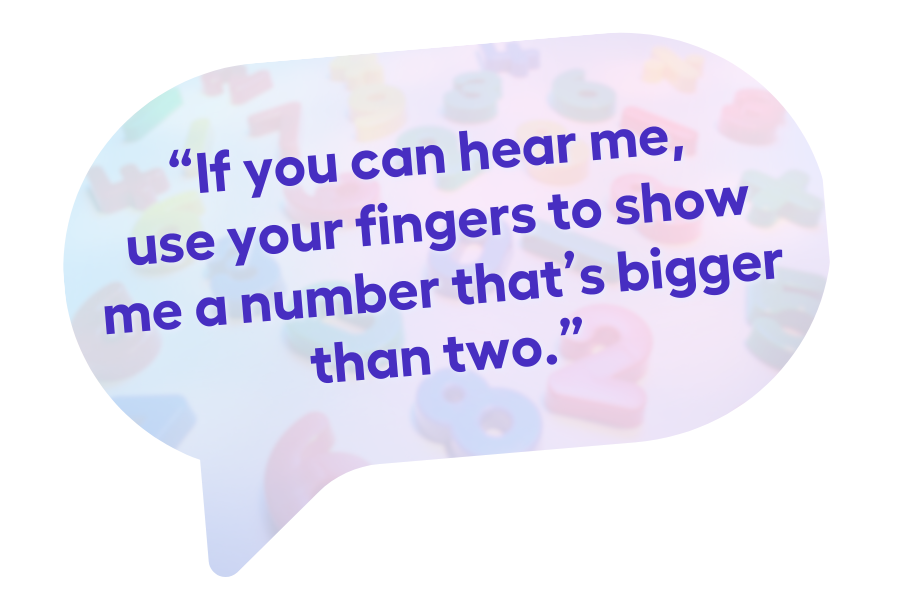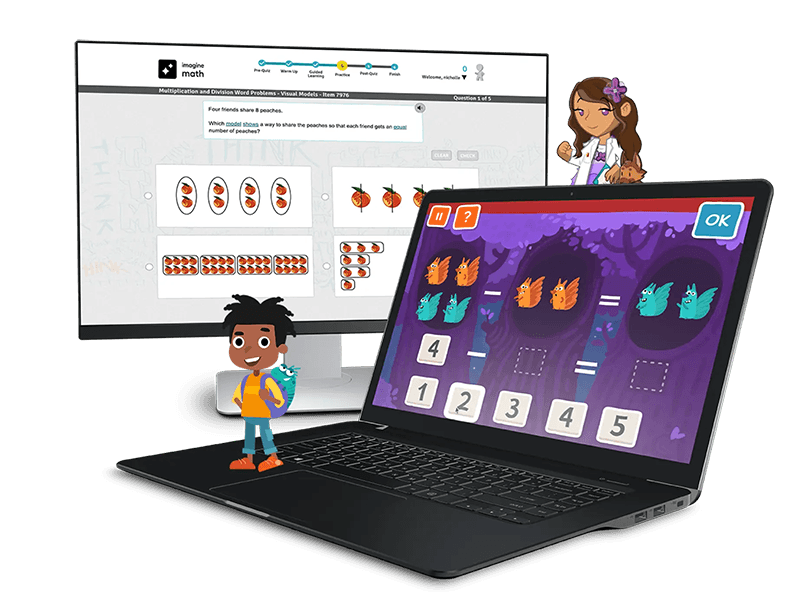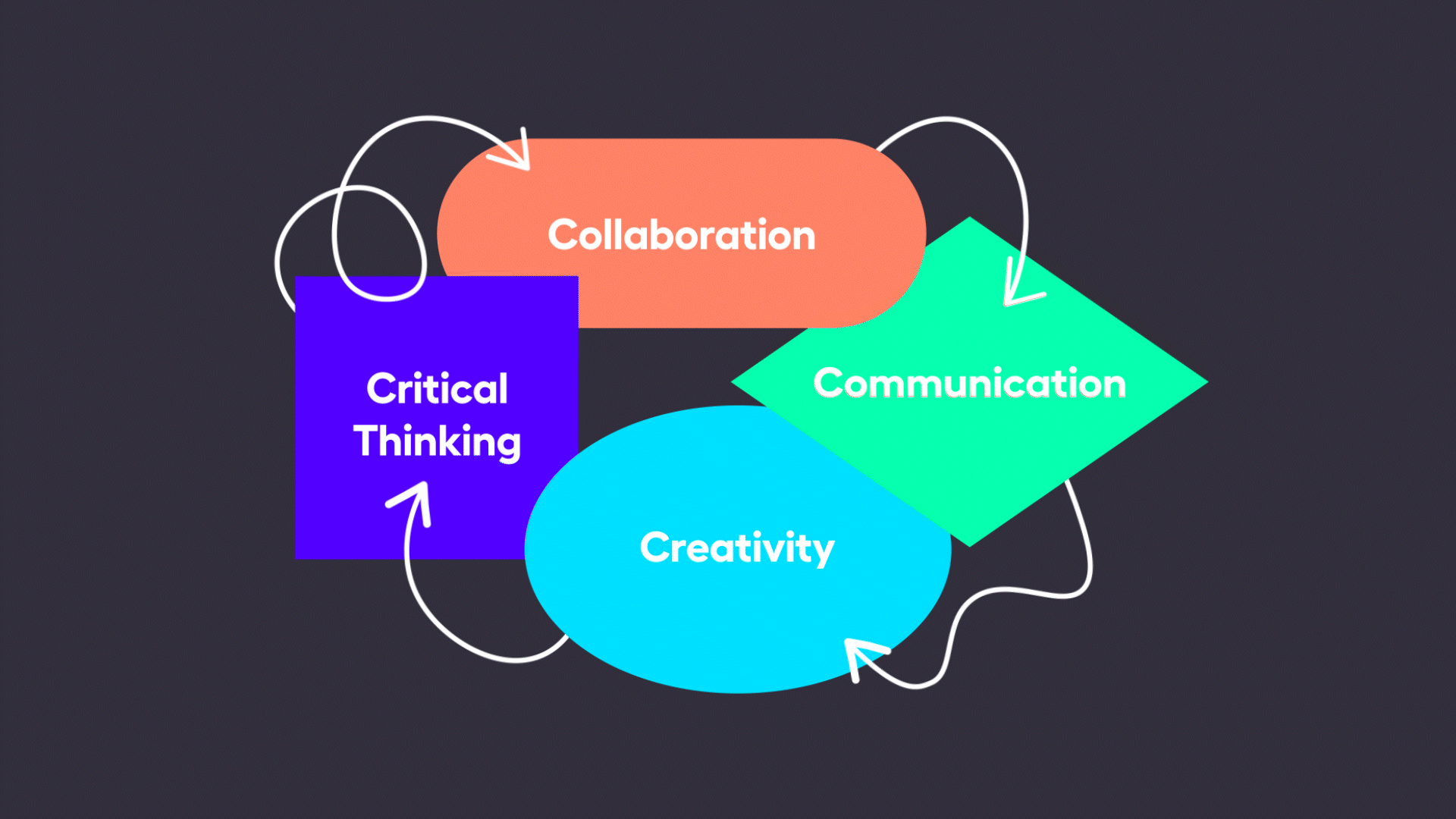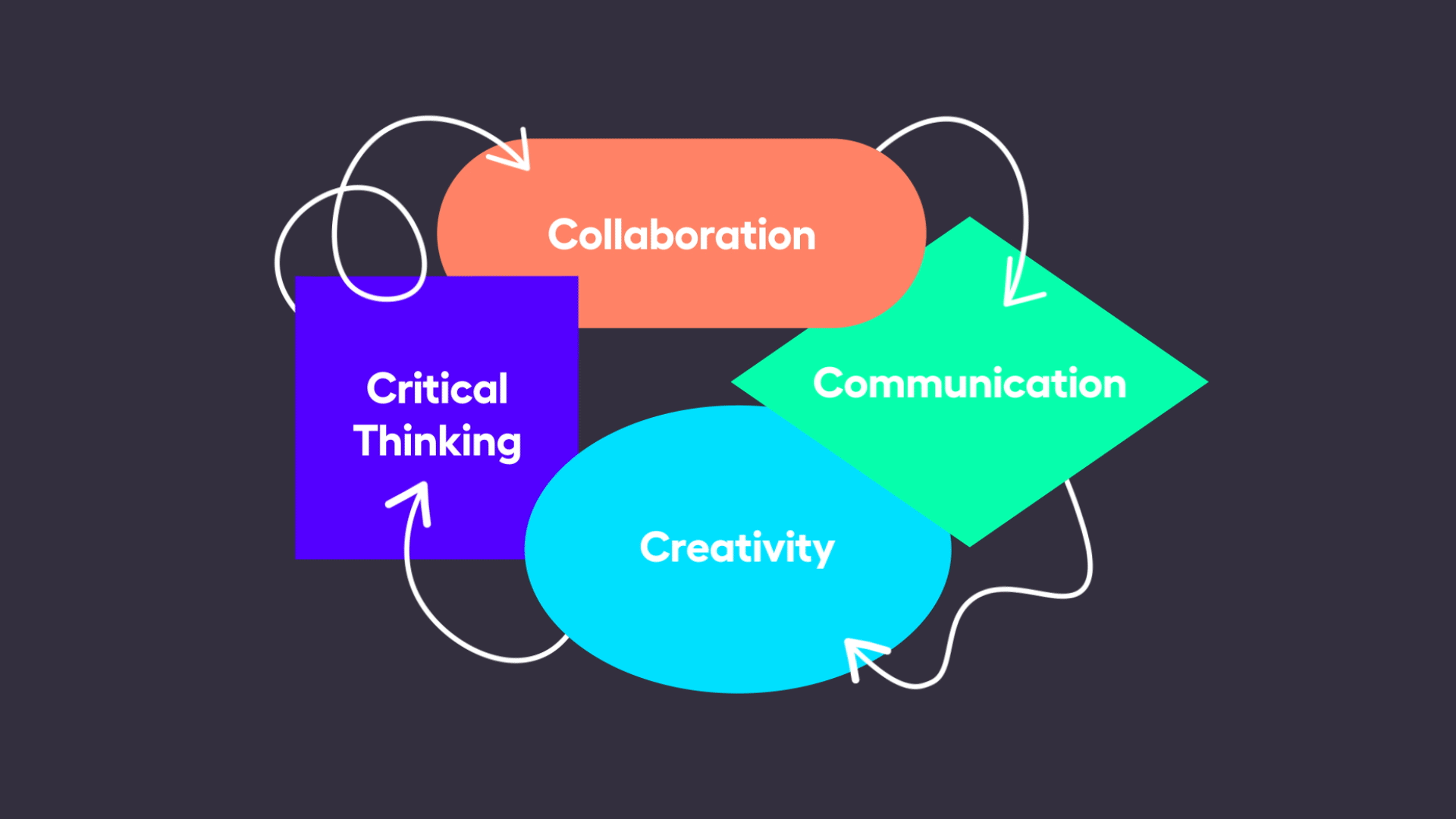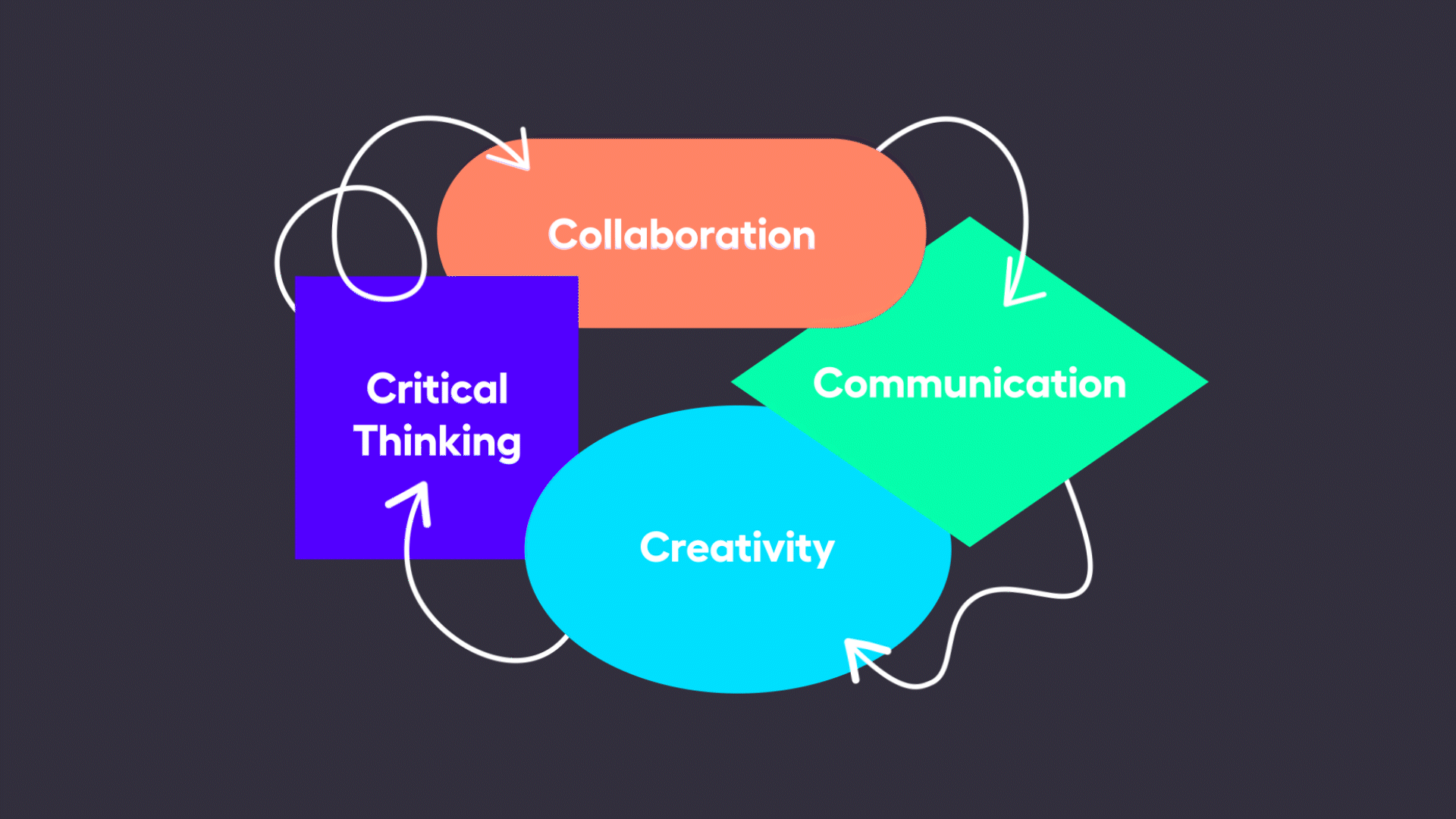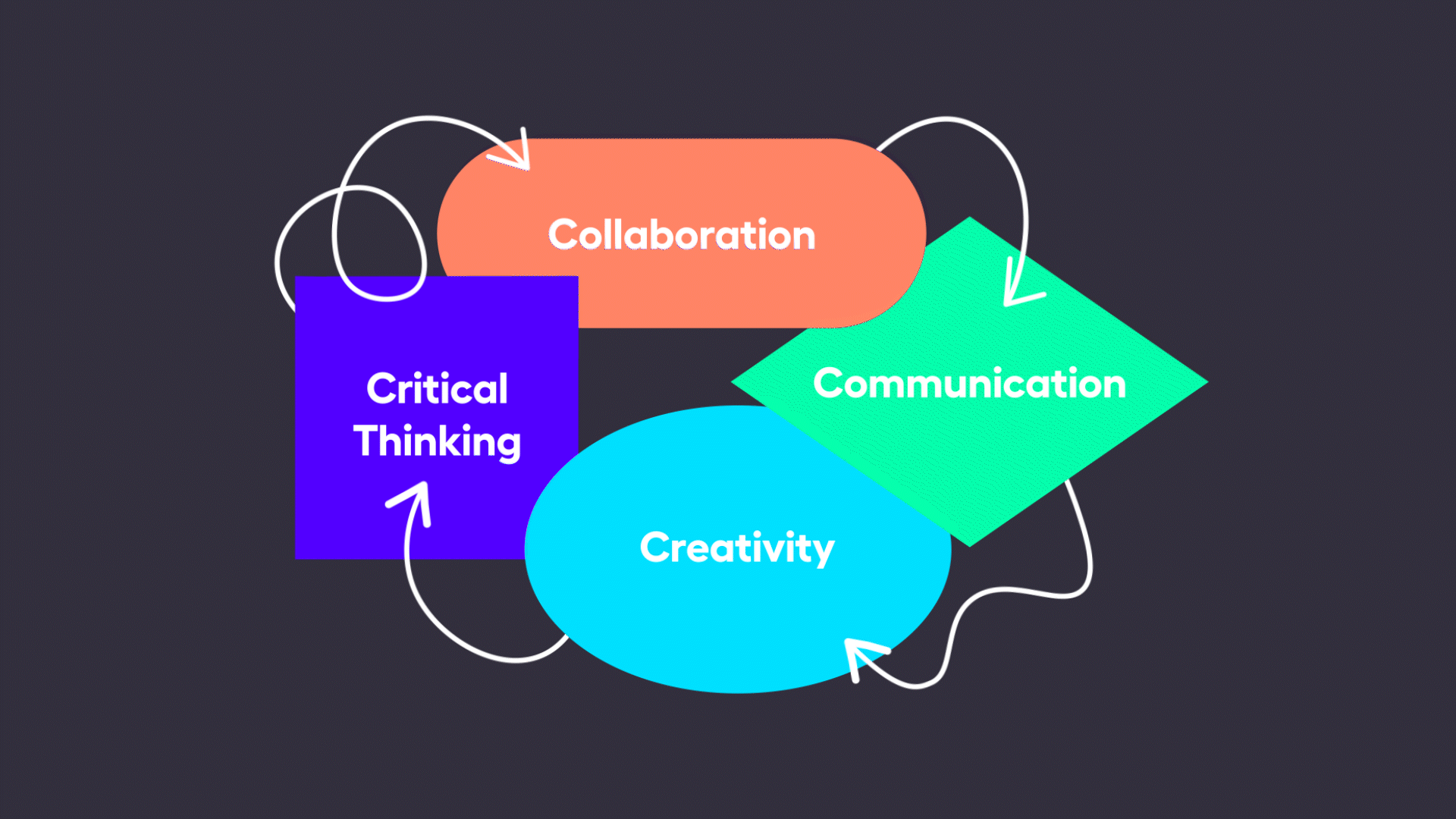March 17, 2025 5:07 pm
College or Career? Why CTE Helps Students Succeed in Both
Is college the only path to success? Career and technical education (CTE) offers students a powerful alternative — helping them gain industry-recognized certifications, hands-on experience, and dual credits for college. Learn how CTE prepares students for both high-demand careers and higher education, reducing uncertainty and boosting career readiness.
When I was in high school (longer ago than I care to admit), it felt like the only post-graduation option for success was college. For that reason, I didn’t consider anything else — even though my high school was actually an early adopter of career and technical education (CTE). But now, with the rising costs of college and student debt, students are looking for alternatives. “Alternatives” might sound like a nice word to mean “the less-good option,” but that’s not the case anymore. Many high-paying, in-demand careers do not require a four-year degree but do require specialized skills. That’s where CTE comes in.
The impact of CTE: proven success across industries
Not only do CTE courses boost graduation rates and reduce absenteeism, but they have real-world benefits across a variety of high-demand career paths.
- Technology & Cybersecurity: Many students who complete CTE programs in IT and cybersecurity gain industry certifications that allow them to enter the workforce immediately or transition into college-level computer science programs with advanced standing.
- Healthcare & Medical Fields: CTE students in nursing, medical assisting, and biotechnology programs benefit from hands-on training, often securing apprenticeships or earning dual credit toward healthcare degrees.
- Engineering & Skilled Trades: Students who take CTE courses in engineering, manufacturing, or automotive technology often receive internships or industry placements, leading to higher-paying jobs right out of high school or a stronger foundation for college engineering programs.
- Business & Entrepreneurship: CTE programs in marketing, finance, and entrepreneurship help students develop real-world business skills, with many going on to launch their own businesses or pursue degrees in business administration.
CTE isn’t about choosing between college or career — it’s about preparing for both paths to give students the best chance at future success. By expanding CTE offerings, schools can help students make informed decisions before being asked to choose a major or a job post-graduation. Hopefully, as CTE gains ground in these high-demand career paths, students will have the information and experience they need to pursue their next steps with confidence.
About the Author – Ally Jones
Ally Jones is a former high school educator who specialized in teaching English language learners. Outside of education, she is passionate about fitness, literature, and taking care of the planet for her son’s generation.

